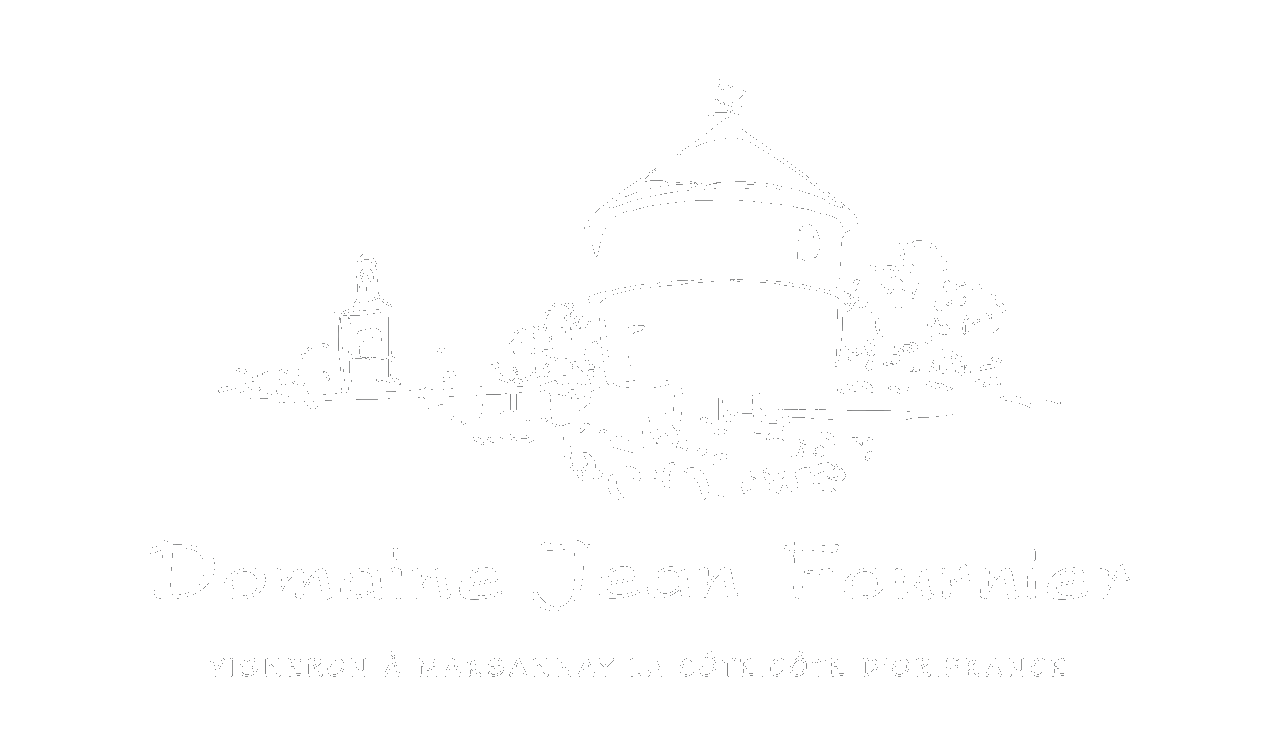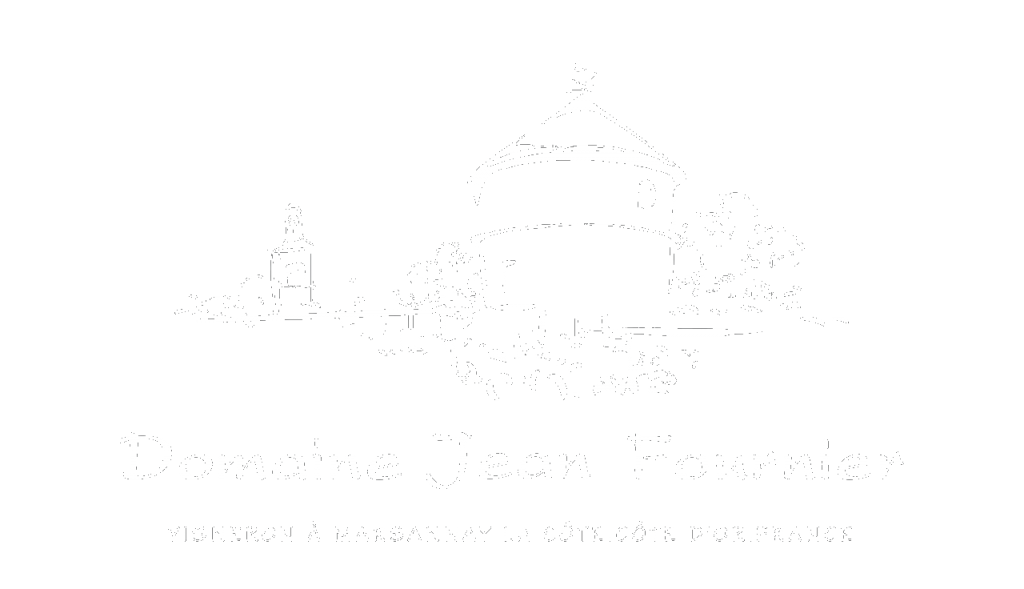To the vineyard
The basis of the work is the vine. A pampered and healthy vine because it is with good grapes that we make good wine!
organic farming
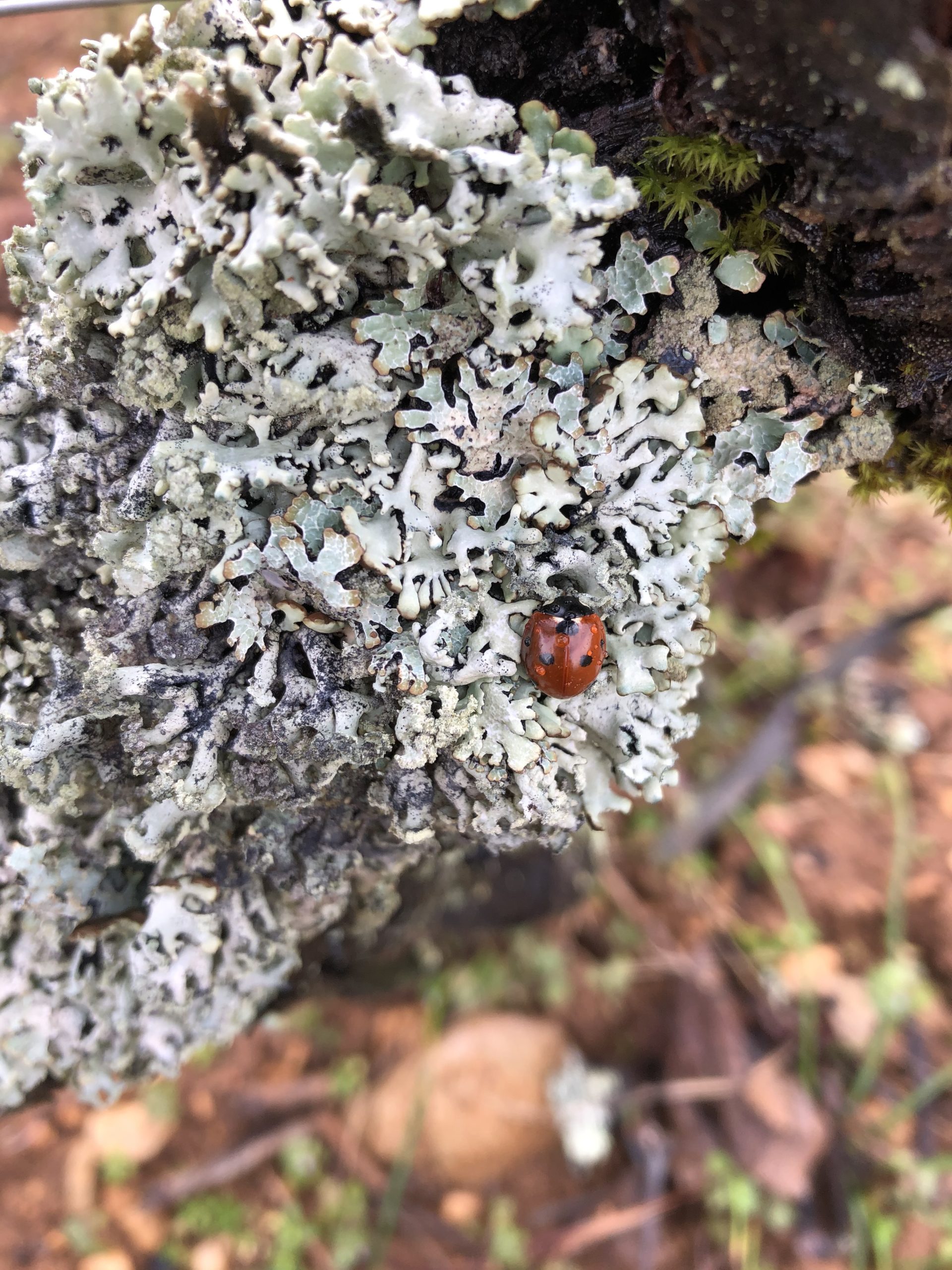
The first trials in Organic Agriculture took place on a plot in “Es Chezots”, and it was a great success despite the limited material and human resources. The vines were more beautiful with pretty foliage, the deficiencies disappeared and the grapes had more flavour!
Gradually, the trial was extended to the other plots of the estate. In order to be in phase with the discourse, Laurent chose to convert the whole vineyard to Organic Agriculture. The certification was obtained in 2008.
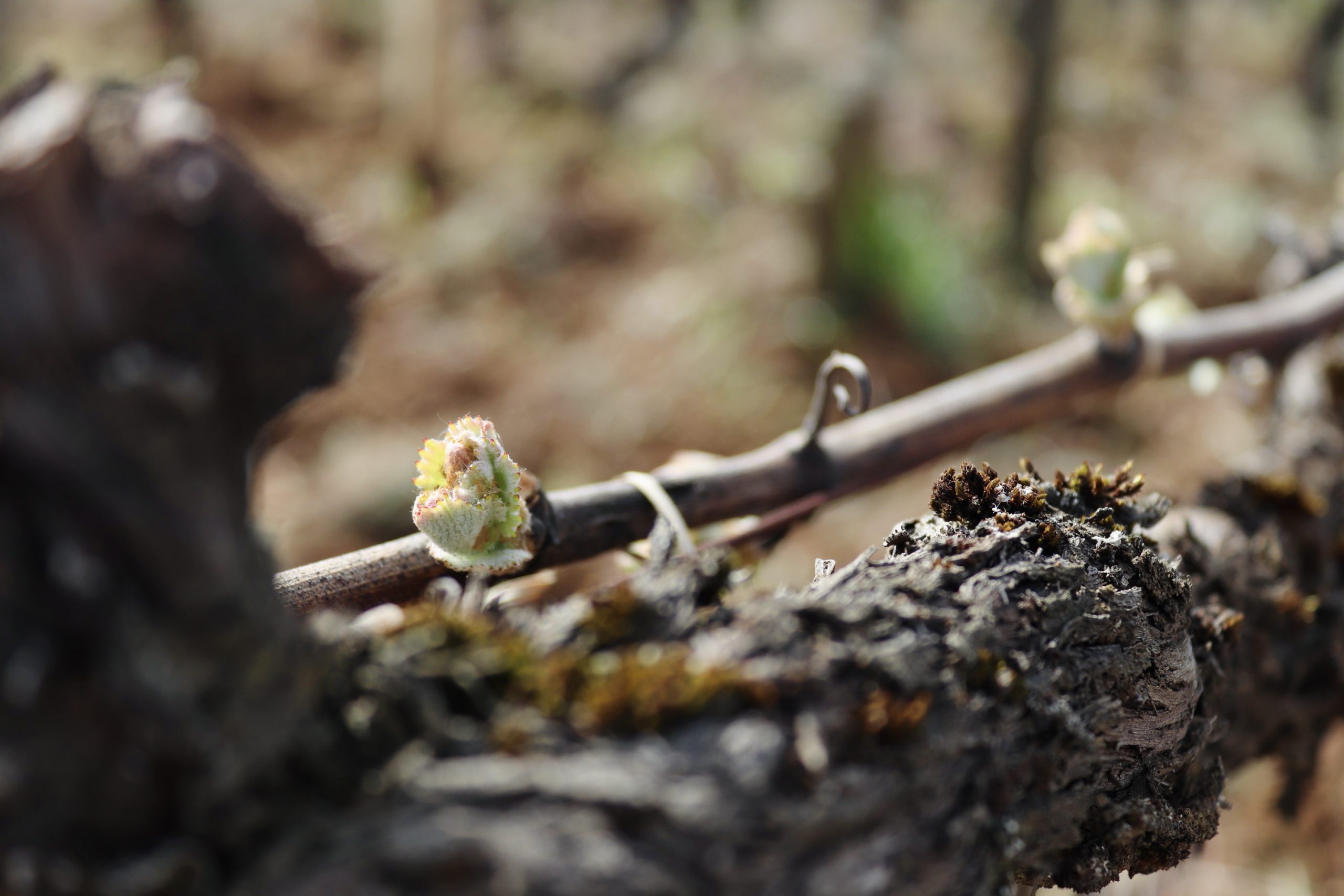
In 2003, after the disastrous use of a duly registered product, Laurent Fournier decided to change the orientation of agriculture on the estate.

Converting one’s vineyard to Organic Agriculture is an operation that takes time, energy and willpower (rigorous specifications and often capricious weather)!
Choosing this type of viticulture means using only products that are free of synthetic chemical molecules.
For the culture of the vine, we use raw materials of natural origin, the objective is to privilege the life of the grounds, the perenniality of the animal and vegetable species supporting then the natural ecosystem.
the pruning
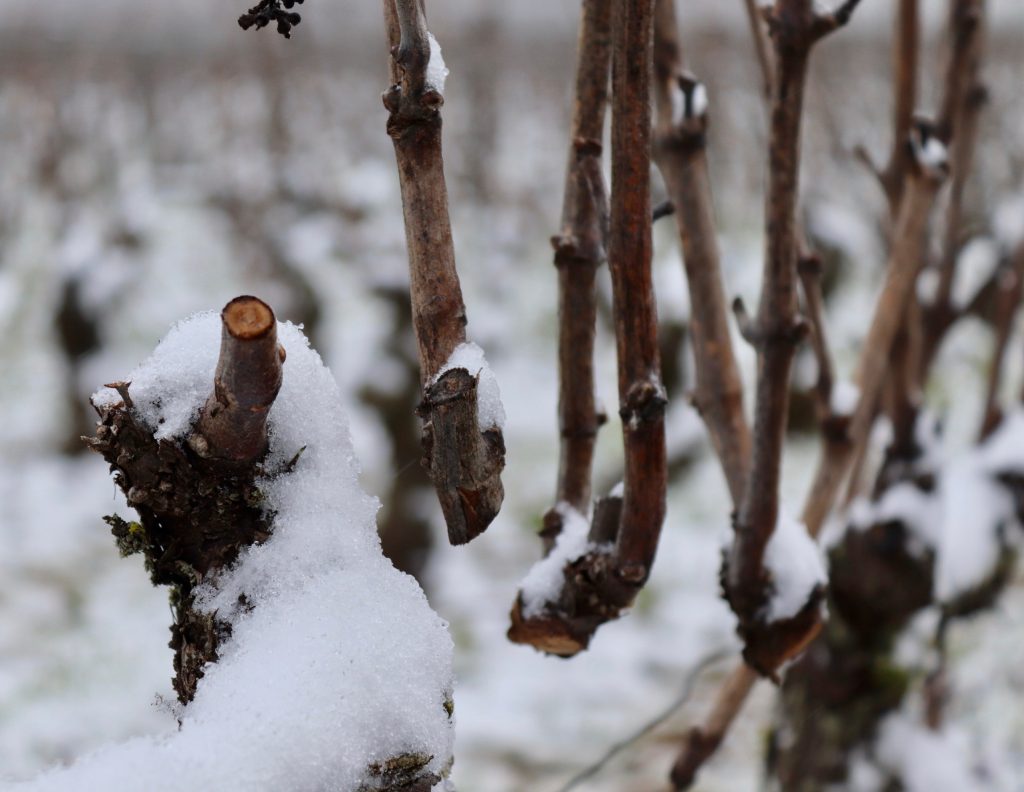
The Guyot-Poussard pruning
Since 2017, Domaine Jean Fournier has chosen to adopt Guyot-Poussard pruning. This pruning system respects the flow of sap from the vines and allows us to maintain a balance between the two parts of the stock (we alternate the position of the rod from one year to the next). It also helps us to regulate the production of grapes and to control the growth of the stock.
It is an indispensable element in the production of quality wines!
An essential step
The pruning of the vine is a very important step in the making of a wine. Adapted to each vine stock, it conditions its vigour and durability. By limiting its growth, it makes it possible to regulate the production of grapes in quantity and quality, guaranteeing an optimal harvest and maturation of the bunches.

Work in the vineyard
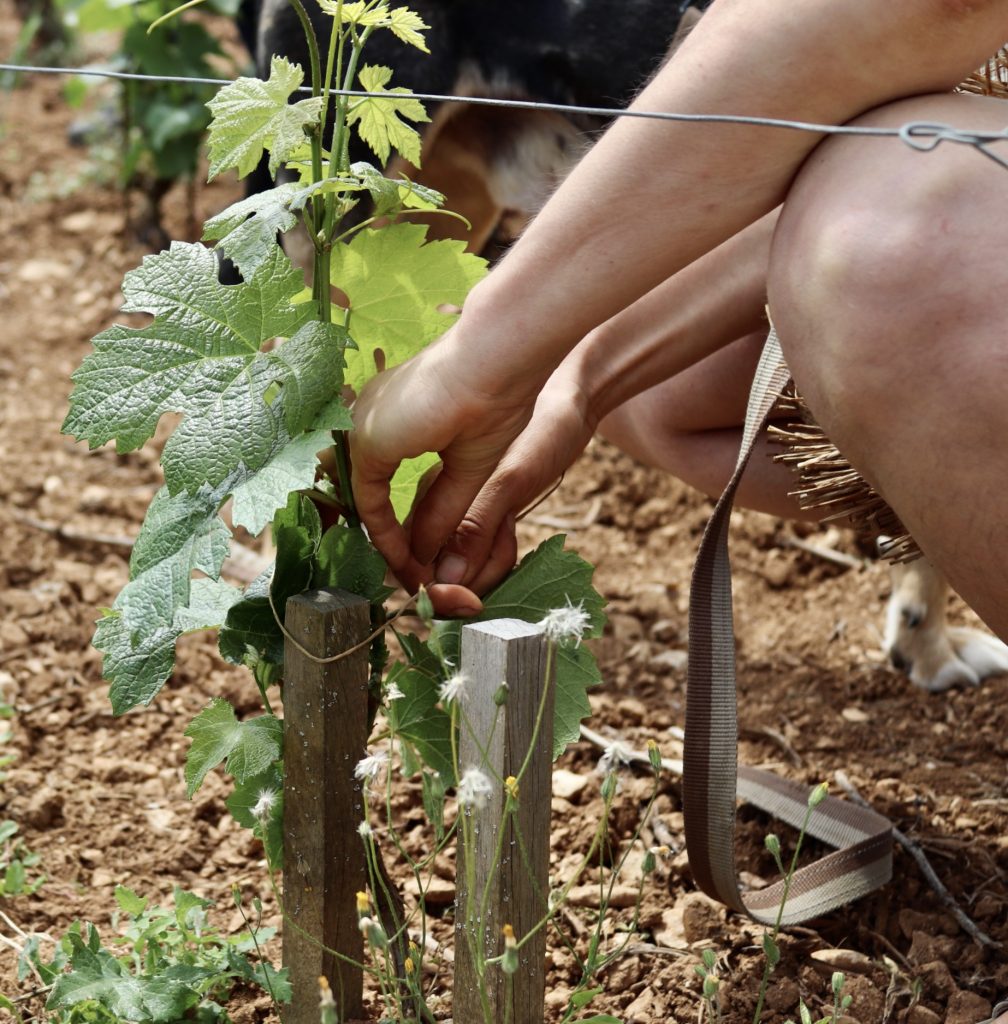
Throughout the year, the estate’s team is present in the vineyard: pruning, disbudding, lifting, trellising, leaf removal, repairs, working the soil, monitoring maturity… A rigorous team, rich in new ideas, which does not hesitate to question itself in order to provide the highest quality work.
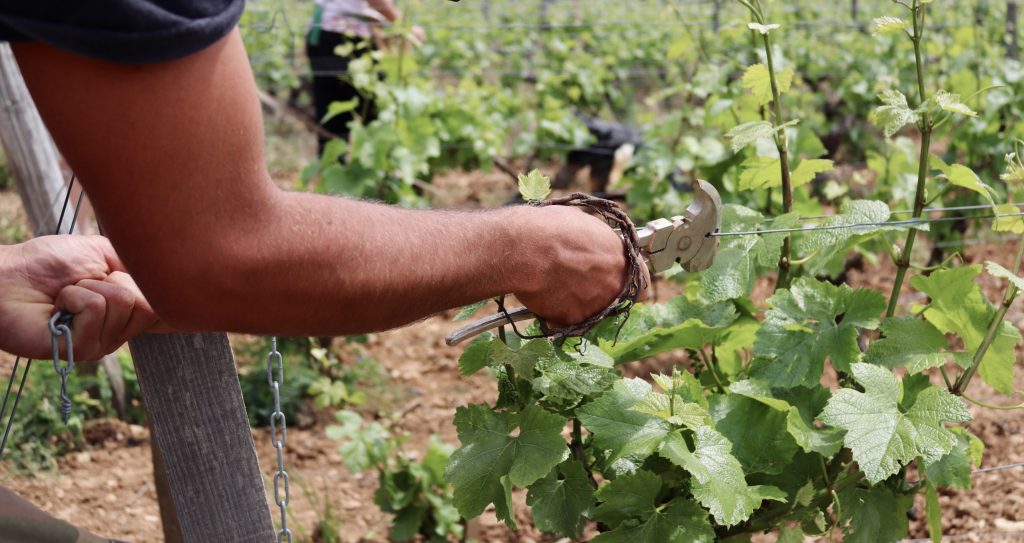
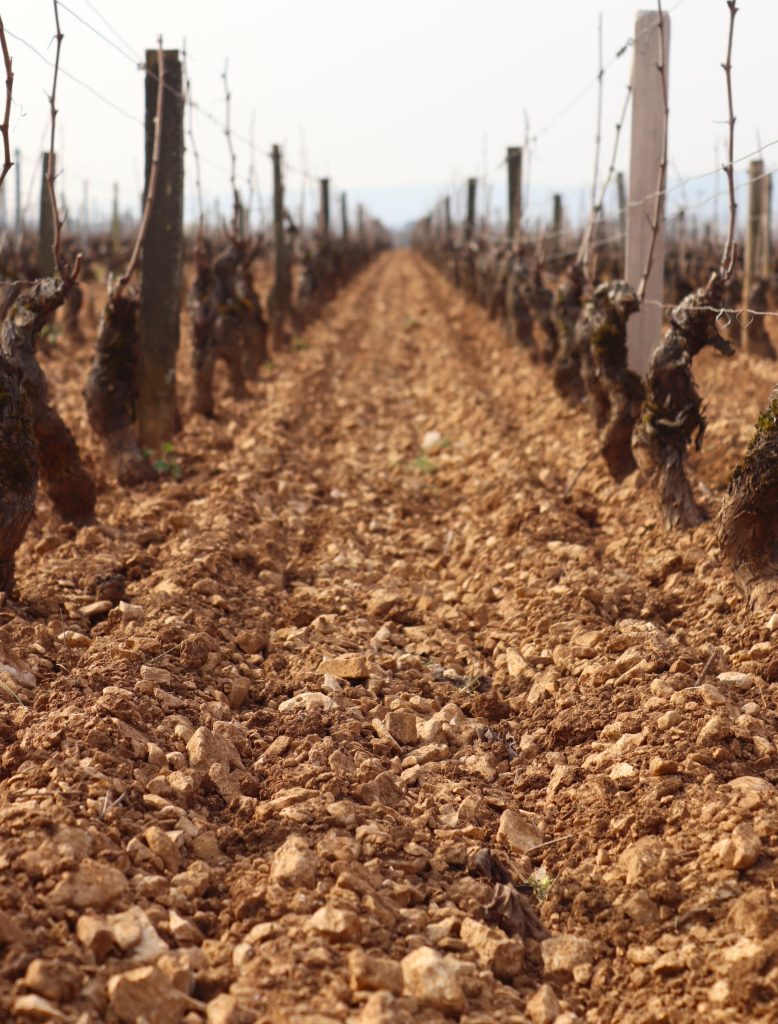
The work is meticulous in order to achieve low yields and healthy grapes. The work on the soil, the choice of organic amendments, the severity of disbudding and the height of the trimming are carefully thought out beforehand. Before the harvest, a meticulous and meticulous control and monitoring of maturity helps us to harvest grapes at the peak of their maturity each year.
Ploughing on horseback
The work of the soil of the old vines of the domain, often more fragile, is carried out with the horse. The viticulture with horse is recognized by the great precision of the work carried out: each row and each vine are treated in an almost individual way.
The horse ploughing in the vineyards is also of interest for the durability of the soil: less compaction than the passage of a tractor, no ploughing sole, aeration of the soil. The biological, chemical and physical life of the soil is reactivated. The agronomic potential of the soil is better exploited. The vine can then develop a root system that penetrates deeply, benefit from a better water supply and regain more vigor.
